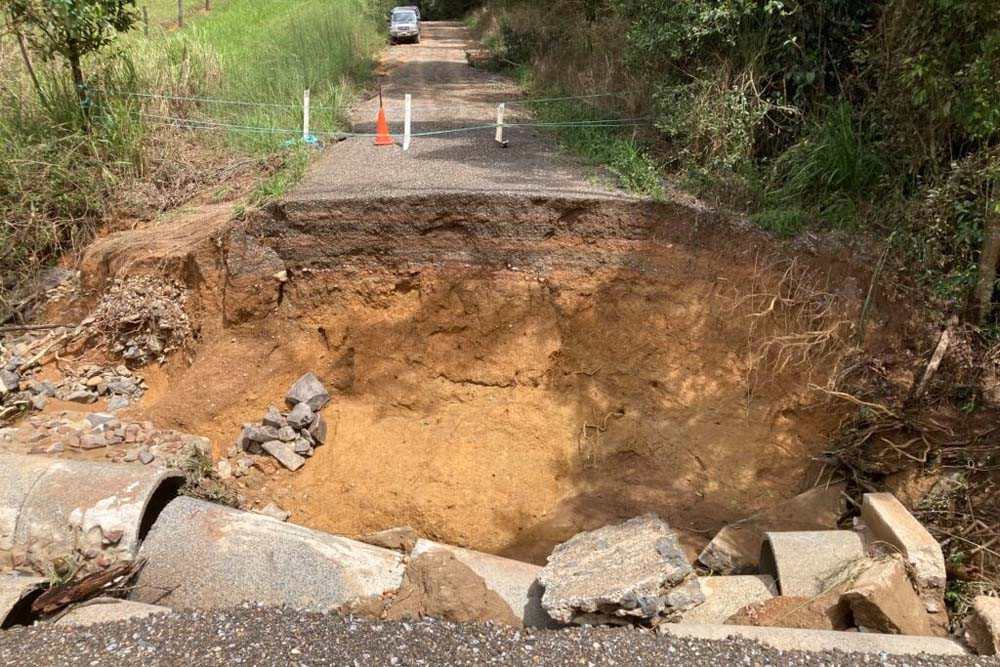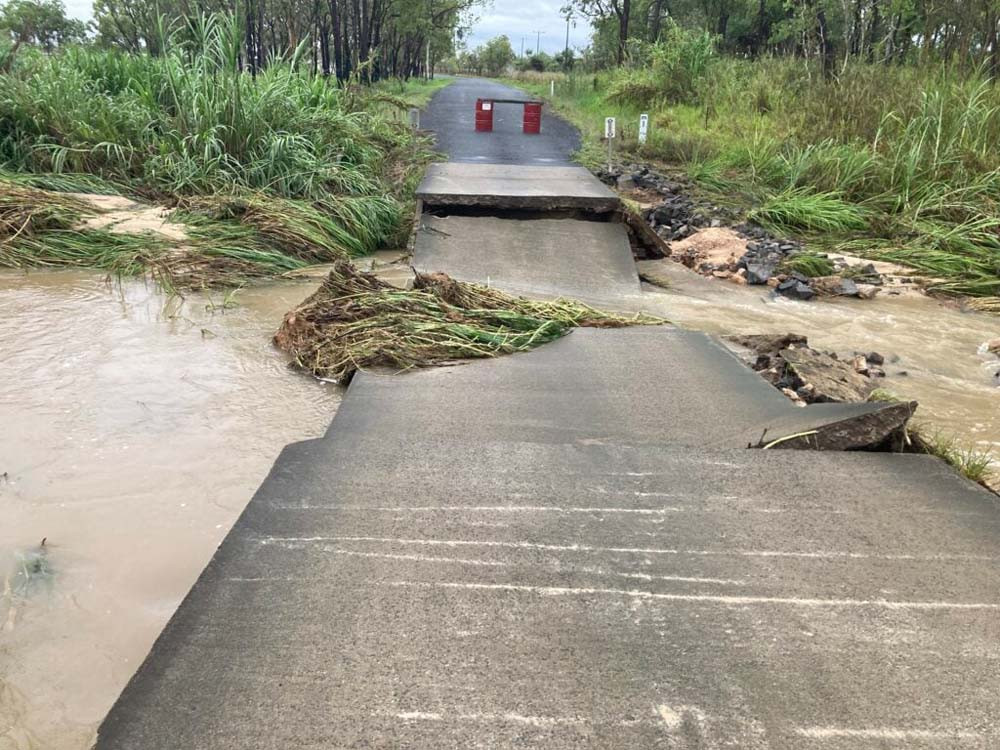Community & Business
27 April, 2024
Frustration builds over lag in state disaster funding
FRUSTRATION is building over the long delays councils face in repairing damage to infrastructure caused by natural disasters, with funds coming from the Queensland Reconstruction Authority (QRA) taking around a year to be handed out to contractors to do the work.

The level of frustration by Mareeba councillors was palpable at last week’s meeting as they approved four contracts worth $15 million for works to repair damage done to its road network by monsoonal flooding from December 2022 to April 2023.
The lag in getting the funding to undertake the works is due to the lengthy and complex process involved assessing damage to public infrastructure and submitting applications to the QRA, then awaiting confirmation so council can award the necessary contracts.

But because of the delay, the region often experiences additional disastrous weather events, causing more damage to the same infrastructure before the first lot of damage is repaired.
This triggers a process that requires council officers, and sometimes external consultants, to go back to the damaged areas to re-assess them to ensure the council can differentiate between the damage caused in one weather event versus the next event.
Last week, Cr Kevin Davies called out the process, saying the QRA should “pull their finger out” to reduce the time it takes between the disaster occurring and the damage being repaired.
“These (contracts) are all from (damage caused in) 2022-23 so what happens now when these contractors do this work but we’ve got damage and repairs to do from Cyclone Jasper?” he asked officers.
“We basically re-visit every single road to look for damage. We then have to prepare the damage that was approved for the 2022-23 event against the damage incurred this time and make a submission under this current 2024 event that excludes any overlaps,” technical services manager Sam Wakeford said.
“So there’s a fair bit of work administratively to make sure we don’t have overlaps.”
Cr Davies said the QRA needed to make the process more responsive and effective and reduce the cost to councils.
“I have said this many, many times before and I will keep saying it – they need to pull their finger out and have more staff on the ground so they can approve these – the amount of work our officers have to go through and that cost would be on top of everything else by re-doing everything over and over again. It’s ridiculous,” he said.
But chief executive officer Peter Franks said while it was frustrating for the council and did incur additional officer time to prepare the submissions, most of the work was picked up by external consultants.
“That’s still a cost on top of everything – it annoys me, we just seem to be chasing our tails – we’re doing that work from a disaster two years ago, then we get another disaster, so we have to take off the repairs from the one before that,” Cr Davies replied.
Mr Franks agreed the situation was far from ideal and also caused confusion within the community who did not understand why a contractor may do some of the work at a site and leave other damage because it was from a different disaster and would require a different contract to repair.
“What makes it worse for our community is that the contractor goes out to repair that piece of damage from last year – there may be damage (from a subsequent disaster) in a different spot on the same road which this contractor can’t touch,” he said.
“So they are fixing bits that aren’t that bad and there’s new damage that gets left – so for the community, it’s really annoying.”
Deputy Mayor Lenore Wyatt agreed that the community was unaware of how the system worked and could be critical of council for the work not being done.
“Our constituents don’t understand they are fixing 2022-23 damage when over here has got the biggest scour ever. It then comes back to ‘what is that useless council doing?’ without people knowing the processes,” she said.
Cr Davies proposed writing a letter to the QRA demanding change, saying councils throughout the state would be in the same predicament. Later, he agreed the matter should be raised at this year’s Local Government Association of Queensland conference to get support from the State’s other 76 councils.
But Mr Franks asked Cr Davies to “hold off” on moving a motion to that effect because he had managed to secure a meeting with the QRA CEO in Brisbane the next day.
“It’s a begging mission because effectively we’ve got the water and sewerage damage of $40 million (council is trying to get funds for),” he said.
He said he would “subtly” raise the inefficient process in relation to funding after disasters.
Cr Wyatt also favoured bringing the matter to the LGAQ conference, saying it was important to “get the bigger voice” behind council if change was going to occur.


